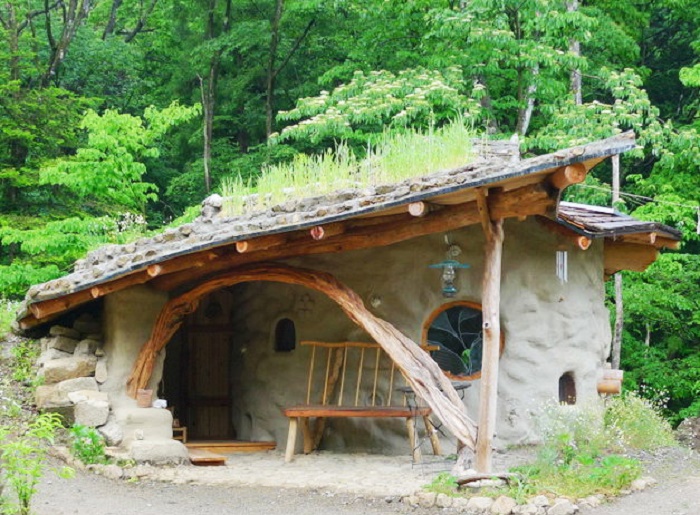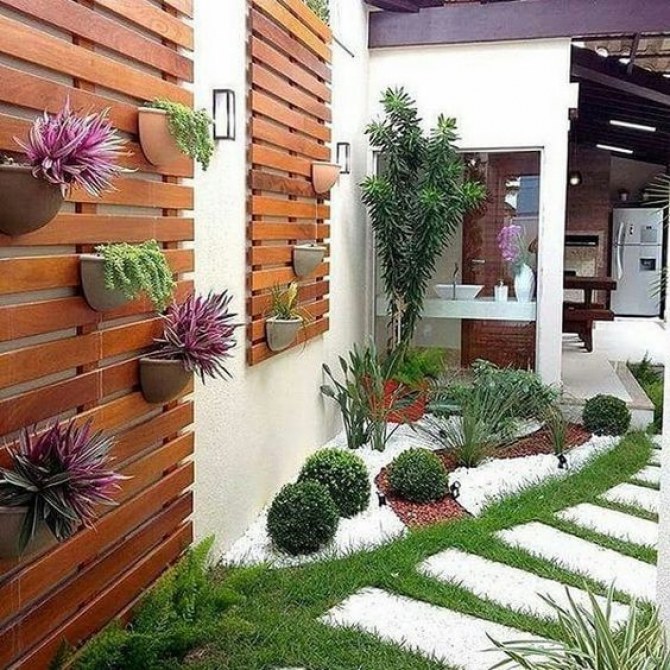If you are an interior designer, architect, or simply love home design and decorating as a hobby, the following 7 natural design principles can be your building blocks for creating a home that feels alive when inhabited.
7 Natural Design Principles for a More Living Home
1. Use natural materials
Whenever possible, use natural materials such as wood, stone, and clay building forms. They make us feel much better than synthetic or composite materials. They are also usually healthier for you and the planet.
2. That it is preferably round or has curved elements
The natural world knows very little about sharp and hard angles. For about 2 million years we have lived in a world that is mostly “round.” The integration of biological memory in our homes will bring us comfort, strength, efficacy and beauty.
3. Take the dough home
The better you can regulate the temperature in your home, the more comfortable it feels. The best and most natural way to do this is to make your house as heavy as you can on the perimeter walls of the house. The more weight, the more heat can be stored and therefore your house stays warm already in the winter and heats up slower in the summer. The dough also helps make better use of passive solar energy and radiant heat sources, such as wood stoves.
4. Connect the inside to the outside
Always do your best to ensure that you do not isolate your home from the outside world. The way in which we deal with the placement of windows, entrances, porches, decks and above all ” outdoor rooms “, is of vital importance to make homes livable.
5. Make a needs program in your design
When designing, define your needs in the form of a verb rather than a noun. So instead of “I need a bedroom,” say, “I need a comfortable place to sleep.” That’s when we can really design spaces perfectly, and make them relate well to each other.
6. Make it realistic!
Dimension the space to a size according to what is really happening there. Right now, in our culture, the trend is to build bigger and bigger houses. To create a feeling of spaciousness, we can apply much more sophisticated (and affordable) techniques than simply adding more rooms and square footage.
7. Do not homogenize your home
Consider features such as ceiling height, furniture, wall texture, lighting, heat, etc. Whenever we, within these characteristics, homogenize (equal ceiling height everywhere, the whole house with heating system, matching furniture, etc.) our houses, these are usually a sum of lifeless characteristics. Instead, we should consider ways to make walls that are not perfectly straight or flat; we can vary the ceiling and floor heights to stay alert; we can vary the temperature depending on the level of activity in different parts of the house, and we can create groups of light around the activities, instead of losing the privacy and the function of the lighting of the whole house.









